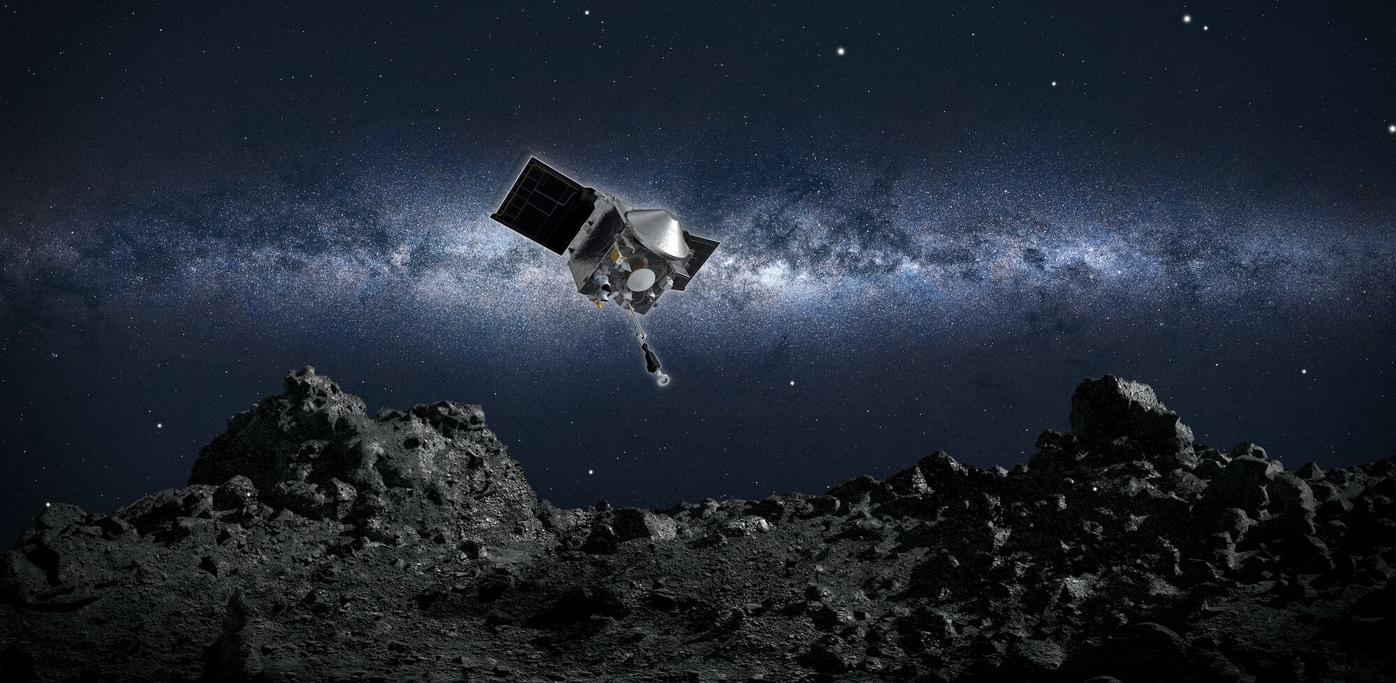CU Boulder-led study on NASA mission gives insight into evolution of asteroids
Findings from a NASA mission could provide new insight into the evolution of the solar system’s asteroids, revealed a University of Colorado Boulder study published Thursday.
NASA’s OSIRIS-REx sample return mission suggests that Bennu, an asteroid orbiting the sun over 200 million miles from Earth, could be weaker and less dense inside than its outer layers.
The study, published in the journal Science Advances, was led by the CU Boulder OSIRIS-REx team, including professors Daniel Scheeres and Jay McMahon.
The study’s findings may provide insight into the evolution of asteroids in the solar system by explaining how bodies like Bennu transform over millions of years.
The spacecraft OSIRIS-REx first rendezvoused with Bennu in 2018. Since then, it has studied the asteroid in more detail than any other asteroid in the history of space exploration.
The CU Boulder study combined OSIRIS-REx data and two years of Bennu’s gravity records to find that Bennu likely has a void at its center the size of multiple football fields. The low-density core may be a result of the asteroid’s increasingly fast spinning.
Researchers said they could imagine the asteroid falling apart in less than one million years.
The returned sample of Bennu will be analyzed and compared to the study’s observations as part of the mission’s sample analysis plan.
Scheeres told CU Boulder Today that these findings “exceeded his expectations.”
“We were hoping to find out what happened to this asteroid over time, which can give us better insight into how all of these small asteroids are changing over millions, hundreds of millions or even billions of years,” Scheeres said.
NASA’s Goddard Space Flight Center in Maryland manages the OSIRIS-REx mission. The University of Arizona leads the mission’s science operations.
Co-authors on the CU Boulder study include researchers at the Jet Propulsion Laboratory, Smithsonian Institution, Northern Arizona University, University of Maryland, Johns Hopkins University, Southwest Research Institute and the University of Arizona.
The full study is available at advances.sciencemag.org.





